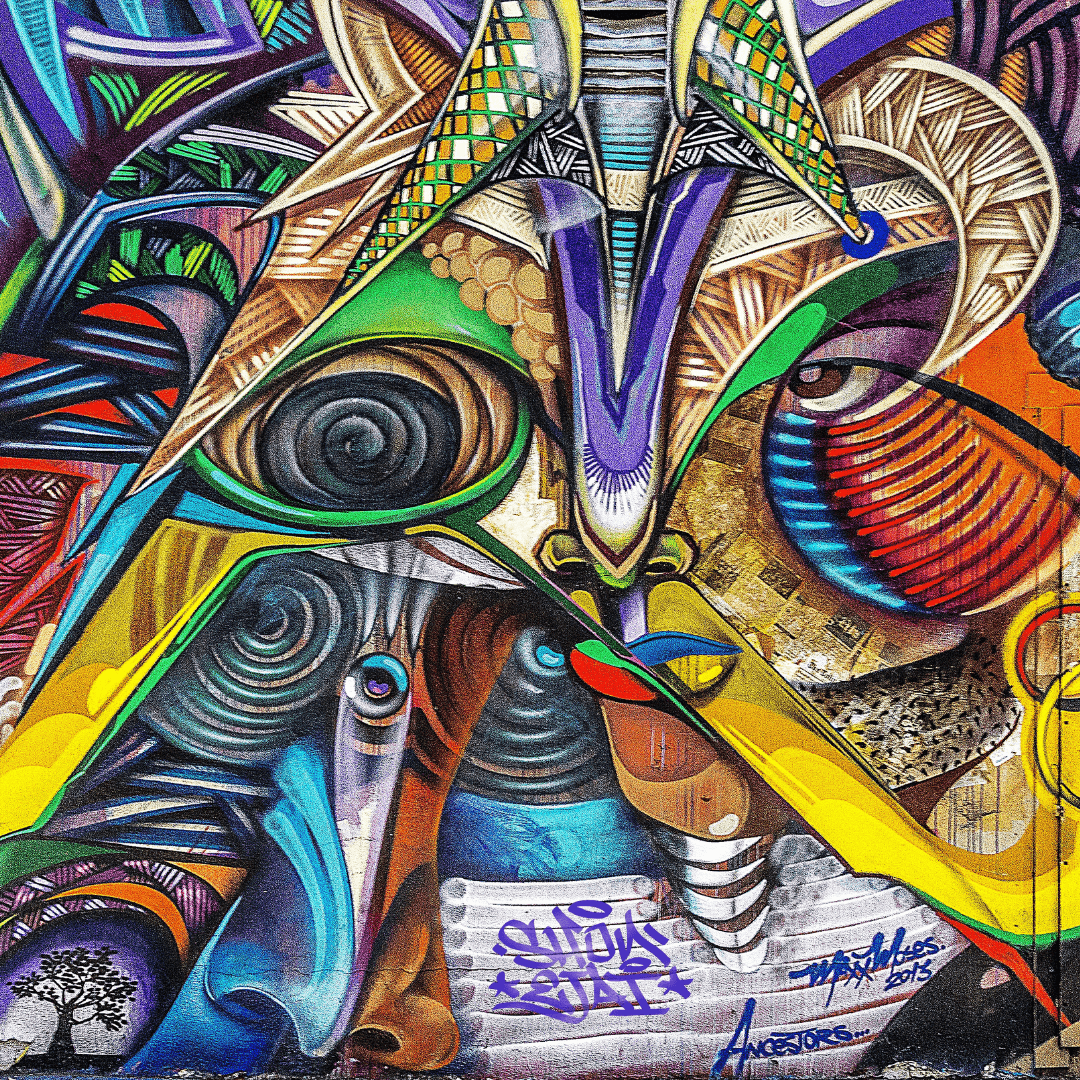Afrikanizm Insights

Black Art vs African Art
Artistic expressions have the remarkable power to embody cultures, narratives and experiences. When exploring the vast artistic landscape, two terms often come up: Black art and African art. While they may sound similar, they represent distinct realms of creativity with unique historical, cultural and geographical contexts. In this article, we will delve into the nuances that differentiate Black art from African art by highlighting their strands of creativity.
African art is an extensive and vibrant network that brings together the artistic expressions of the diverse peoples and cultures of the African continent. With a history spanning thousands of years, African art encompasses a wide range of art forms, from intricate sculptures and masks to colourful textiles, ceramics, jewellery, painting and dynamic performance art. Each region and ethnic group in Africa has its own artistic styles, techniques and cultural significance. African art serves as a powerful vehicle to convey stories, rituals, spirituality and community identity.
Black art, on the other hand, is a broader term that encompasses the artistic creations of people of African descent around the world. It includes the artistic expressions and experiences of individuals from Africa, the African Diaspora and Black communities around the world. Black art is deeply rooted in the historical and cultural experiences of black people, exploring themes such as identity, race, social justice, spirituality and the African diaspora. It encompasses various art forms, including the visual arts, literature, music, theatre, dance and film. Black art serves as a platform to celebrate, claim and express the diverse narratives and struggles of black communities throughout history.
The distinction between African art and Black art lies in their geographical and historical contexts. African art refers predominantly to the artistic traditions and cultural expressions of the African continent. It reflects the unique heritage, beliefs and practices of African societies. While black art recognises the global dispersion of people of African descent and their creative contributions in different cultural landscapes. It encompasses the artistic production of African Americans, Afro-Caribbeans, Afro-Latinos and other Black communities around the world that are shaped by their unique histories, cultural fusion and diasporic connections.
While African art encompasses a wide range of themes, including mythology, spirituality and community rituals, Black art often focuses on issues related to the Black experience. It serves as a tool for social commentary, advocacy and celebration of black culture. Black artists address issues such as racial inequality, cultural identity, historical legacies and the resilience of black communities. By addressing these issues, Black art challenges social norms, sparks critical conversations and provides a platform for Black voices to be heard.
In conclusion, African art and Black art represent distinct domains of creativity. African art encompasses the artistic expressions of diverse cultures of the African continent, celebrating traditions, rituals and cultural heritage. Black art, on the other hand, is a global phenomenon that encompasses the creative output of people of African descent around the world, exploring the complexities of the black experience and advocating for social justice. Both African and Black art contribute to the rich and diverse fabric of human creativity by offering unique perspectives and narratives that shape our understanding of the world.
Remember, whether it is the mesmerizing sculptures of African tribes or the powerful paintings of Black artists, the beauty of art lies in its ability to transcend borders, connect people, and foster a deeper appreciation of our shared humanity.






No comments